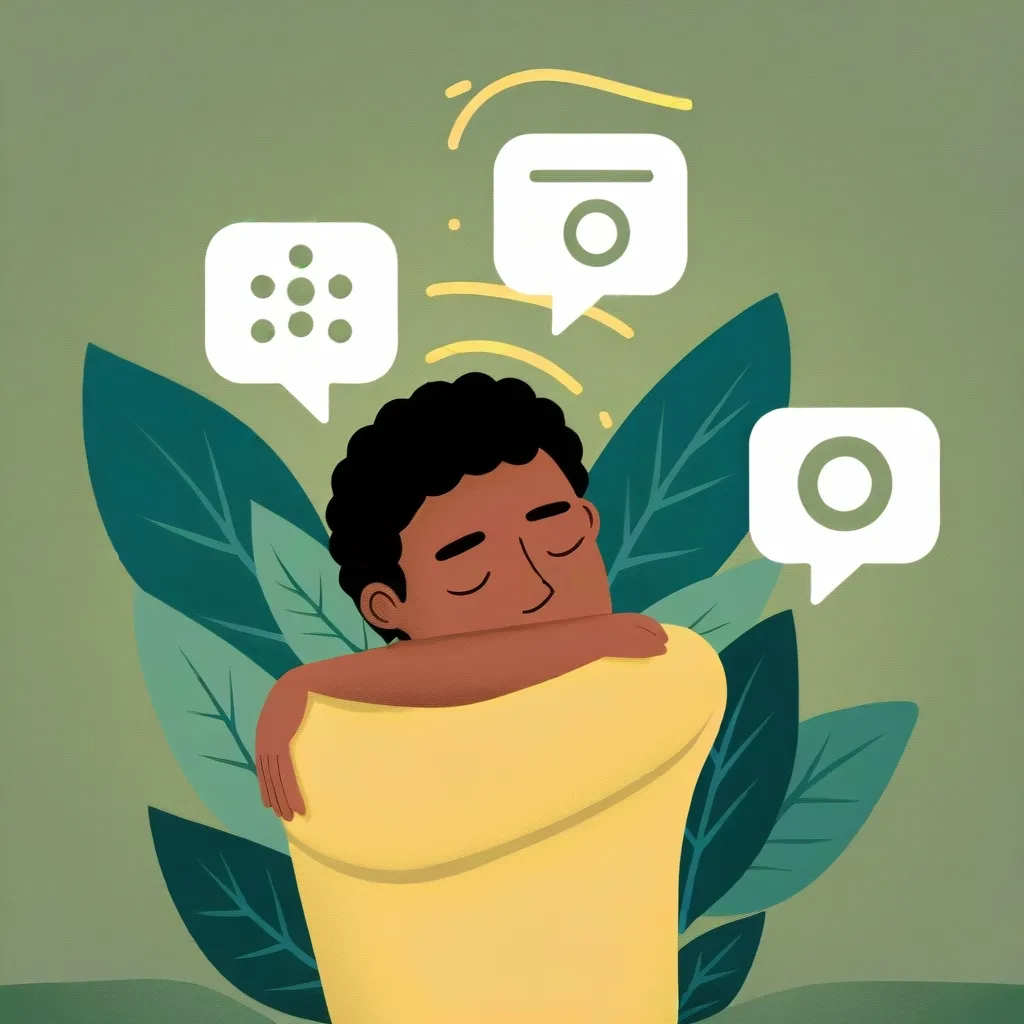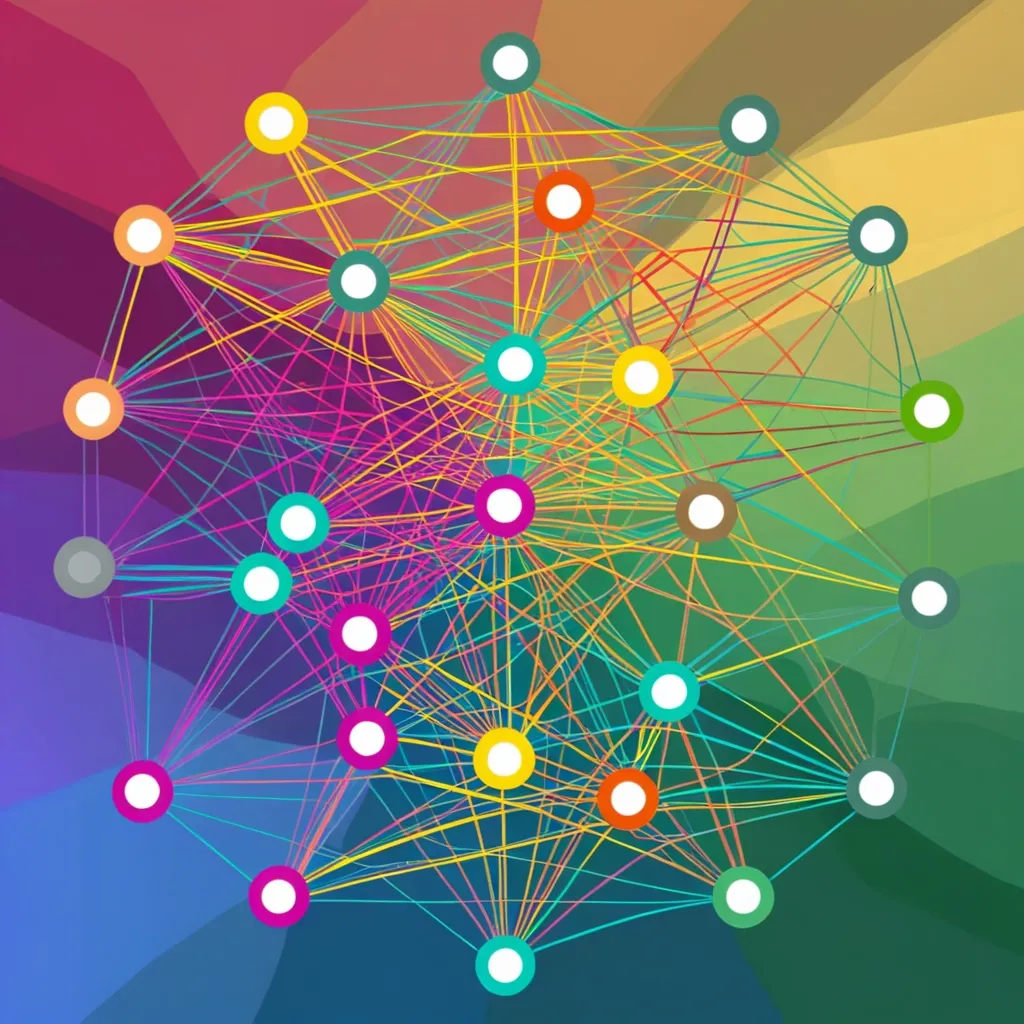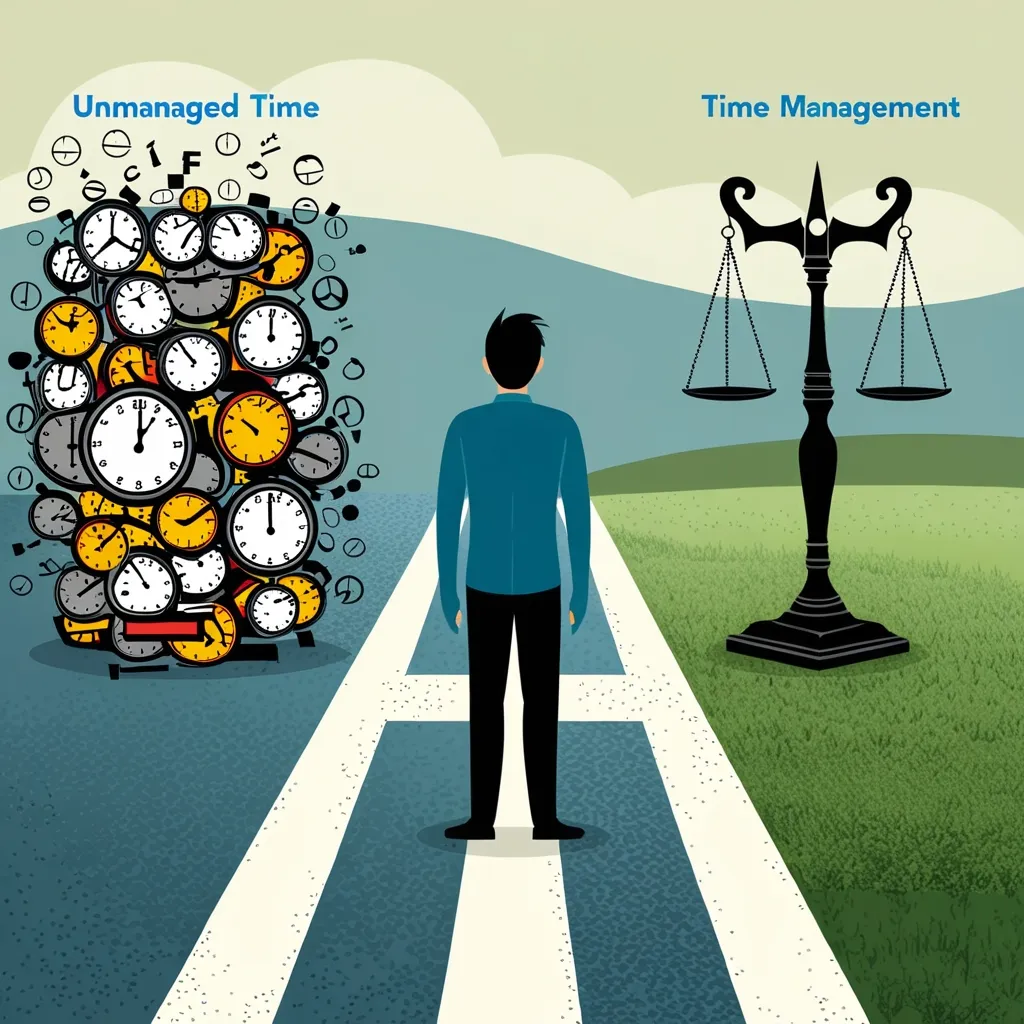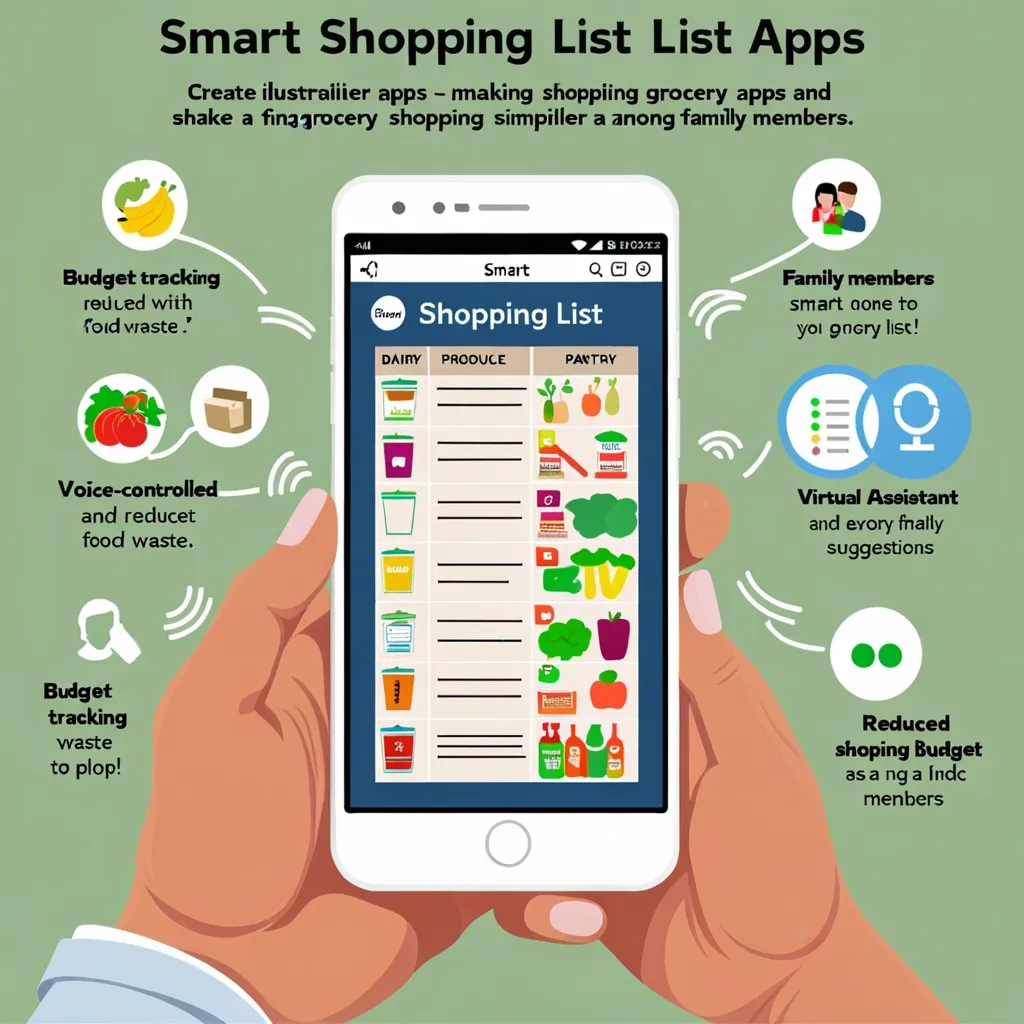In today’s world, it’s hard to tell where life ends, and technology begins. It’s everywhere - from work to play, and while it has made life easier in countless ways, it’s also thrown us some major curveballs. We’re constantly bombarded with notifications, endless streams of social media, and an unyielding need to stay connected. This can leave us feeling overwhelmed, stressed, and anxious. It’s clear; we need to put some boundaries on our tech usage to prevent digital burnout and reclaim our mental well-being.
Digital Overload: The Modern Plague
Let’s face it, digital overload is pretty common these days. Our phones beep and buzz non-stop with notifications, our social media never seems to end, and there’s this constant pressure to always be online. All of this can lead to serious stress and anxiety. The trick is establishing solid boundaries with our tech. It’s about being intentional with how and when we use our gadgets, making sure they work for us, not the other way around.
Keep It Simple: Digital Minimalism
Enter digital minimalism, a lifesaver for many. It’s all about reevaluating our digital habits and cutting out the clutter. Start simple: ditch non-essential notifications and set specific times for checking emails and messages. Create tech-free zones at home, like the bedroom or dining table. It’s all about striking a healthier balance between tech and our personal lives.
The Power of Unplugging
At times, we all need a break from the digital chaos. Blocking out specific times in your day to completely unplug can work wonders. Engage in activities that make you happy, whether it’s a nature walk, yoga, or diving into a good book. These moments without tech can give you space to reflect, recharge, and be truly present.
Mindful Tech Use: It’s a Thing
Believe it or not, technology can actually be a tool for mindfulness. There are apps out there designed to help you stay mindful and boost your well-being. Give meditation apps like Headspace or Calm a spin. They offer guided mindfulness practices, breathing exercises, and even sleep aids. By curating your digital experience with these kinds of apps, you can flip the script on technology, turning it from a distraction into a growth tool.
Drawing the Line: Digital Boundaries
Maintaining a balance between work and personal life is one of the biggest challenges of our digital era. To keep your mental and emotional health in check, it’s crucial to set clear digital boundaries. Schedule specific times for responding to work emails and stick to it. Avoid checking them outside these hours. Try implementing device-free evenings or weekends to spend quality time with loved ones and indulge in activities that nourish your soul.
Communication That Counts
In our super-connected world, we often overlook the importance of mindful communication. It’s crucial to bring a sense of mindfulness to your digital interactions. Practice active listening, show empathy, and think before responding. Pause before hitting “send” to ensure your words reflect your intentions and add value to the conversation. By doing this, you can create deeper connections and foster better understanding in the digital space.
AI: Friend or Foe?
As artificial intelligence (AI) becomes more woven into our lives, it’s important to approach it with mindfulness and curiosity. Remember, AI is just a tool made by humans, and its impact depends on how we use it. Be conscious of your relationship with AI, stay informed about its capabilities, and engage with it thoughtfully. With this approach, you can take advantage of its benefits while minimizing potential downsides.
Steps to Achieving Digital Mindfulness
Start by being purposeful with your technology use. Make conscious choices about when and how to engage with digital tools, aligning with your goals and values. Set limits on screen time, notifications, and online interactions to avoid feeling overwhelmed and to keep a healthy balance.
Cutting Out Distractions
One of the key parts of digital mindfulness is reducing distractions. Turn off non-essential push notifications, limit your time on social media, and put your device on “do not disturb” mode when working. By using one device or app at a time, you can reduce multitasking and improve focus and productivity.
Implementing Tech-Free Zones
Consider having tech-free zones in your home or office. This encourages a culture of digital mindfulness. Tech-free meetings can also be beneficial. Without screens, everyone is more present, leading to better communication and collaboration.
The Magic of Digital Detoxes
Digital detoxes are another great way to reset your relationship with devices. Taking a conscious break from gadgets helps reassess tech consumption and enhances well-being. Even 30 minutes a day without screens can give a significant boost to your mental health, reducing loneliness and depression.
Benefits Galore
The practice of digital mindfulness offers numerous benefits for both individuals and organizations. By cutting out distractions and promoting focused work, you can alleviate stress and anxiety. It allows for a healthier balance between work and private life, contributing to overall well-being.
Mental Health Boost
Using technology mindfully helps maintain a balance between work and life, which is crucial for mental health. By minimizing digital distractions, you reduce stress and anxiety, leading to improved focus and a better quality of life.
Upping Engagement and Productivity
Being mindful of your digital habits means you’re more likely to be present and engaged. By reducing distractions and honing in on work, you can see a spike in productivity and effectiveness.
Better Communication
Mindful communication practices can enhance the quality and efficiency of interactions within teams and organizations. By fostering open conversations, digital mindfulness promotes collaboration and teamwork.
Leading by Example
If you’re a leader, it’s crucial to model healthy tech habits and promote digital mindfulness within your team or organization. Show mindful tech use by setting clear boundaries for emails and communication, taking regular breaks from devices, and prioritizing tasks. Encourage open discussions about work-life balance and support your team in cultivating healthy digital habits.
Wrapping It Up
In a world dominated by digital technology, finding mindfulness is key to achieving inner balance and well-being. By embracing digital minimalism, unplugging to reconnect, practicing mindful tech usage, setting digital boundaries, engaging in mindful communication, and thoughtfully using AI, you can navigate the digital age with grace and presence. Remember, technology, when used mindfully, can enhance your life rather than take away from it. Be intentional with your digital interactions, and you’ll foster a healthier, more productive relationship with technology, leading to a more balanced and fulfilling life.






